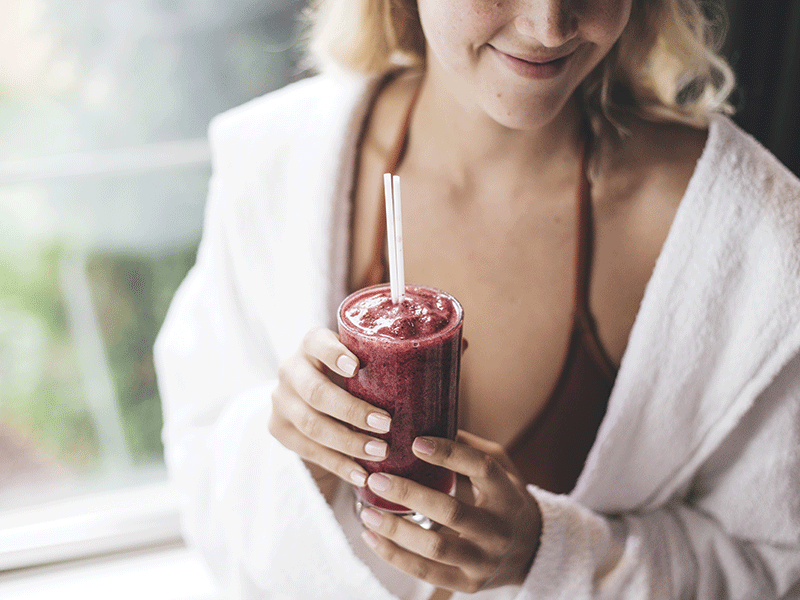Herbalism highlights the medicinal and therapeutic properties of plants, but they have many other qualities to reveal! While we have the tendency to turn to the use of plants for treatment purposes, it is even wiser to us them for prevention. As a matter of fact, some synergies will have beneficial effects up front, as is the case with antioxidant properties.
The root of the problem: free radicals
During normal functioning of the human body, unstable compounds, especially oxygen compounds, are created. They’re also known as free radicals. By their very nature, they damage other atoms in the body through oxidation. Free radicals are the result of a natural process, but their production can also be increased through certain factors such as pollution, cigarette smoke or prolonged exposure to the sun. An excessive amount of free radicals can lead to the development of health issues such as cardiovascular disease, diabetes and certain types of cancer. Fortunately, antioxidants come to the rescue!
Antioxidants to the rescue
Certain chemical substances in food, such as carotenoids and vitamins C and E, can prevent the terrible chain reaction of free radicals: these are known as antioxidants. They can be found in certain fish and meats, but edible plants (fruits and vegetables, but also tea, chocolate, etc.) are definitely the best source. There is no need to buy antioxidant supplements, adopting a diverse diet with fresh produce is enough!
The best choices
Consuming antioxidants does not cure a health condition, but it remains one of the best ways to prevent cancer and other illnesses.
The ORAC (Oxygen Radical Absorbance Capacity) index measures and compares the antioxidant power of different foods. As of 3000 ORAC units, a food is considered to have a high antioxidant power. The majority of edible plants are more or less a high source of antioxidants. However, some stand out more than others: at the bottom of the list are strawberries and raspberries with a score between 3000 and 5000, then cranberries, blueberries and blackcurrants at around 10,000. The blue honeysuckle berry reaches a score of almost 15,000 units, higher on the list at around 20,000 are the blackberries and 70% dark chocolate (to our biggest delight!). Finally, the great champion is the acai berry with a score of more than 100,000 units.
Year-round consumption
To benefit from the incredible power of these edible plants, fill up on local berries during the summer months (strawberries, raspberries, blackcurrant, honeysuckle berry, and also plums); come winter choose the frozen version to preserve the properties. Use them to make smoothies, or fruit crumbles and jams for a little comfort during the cold season!
By Émilie Coulombe, horticulturist
YOU MAY ALSO LIKE THESE ARTICLES




